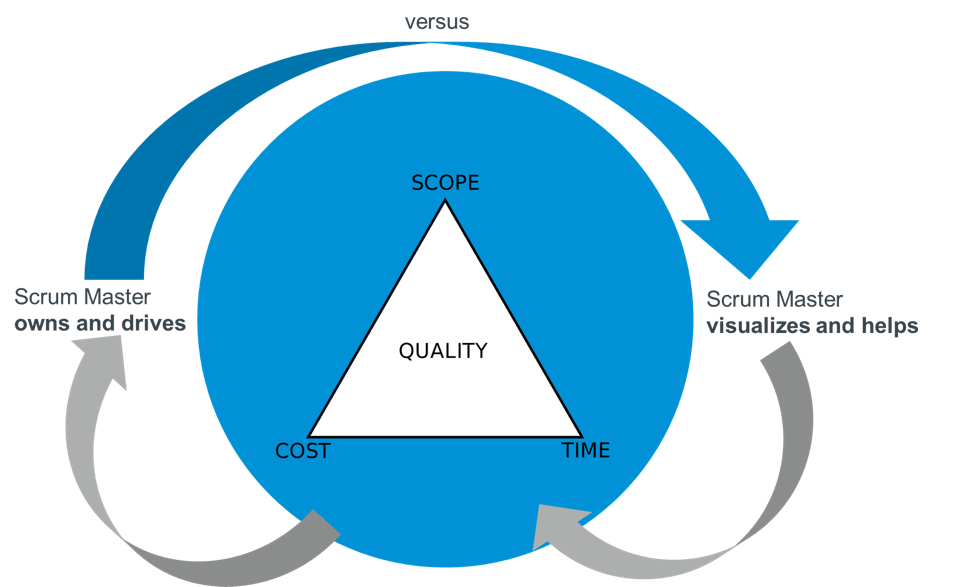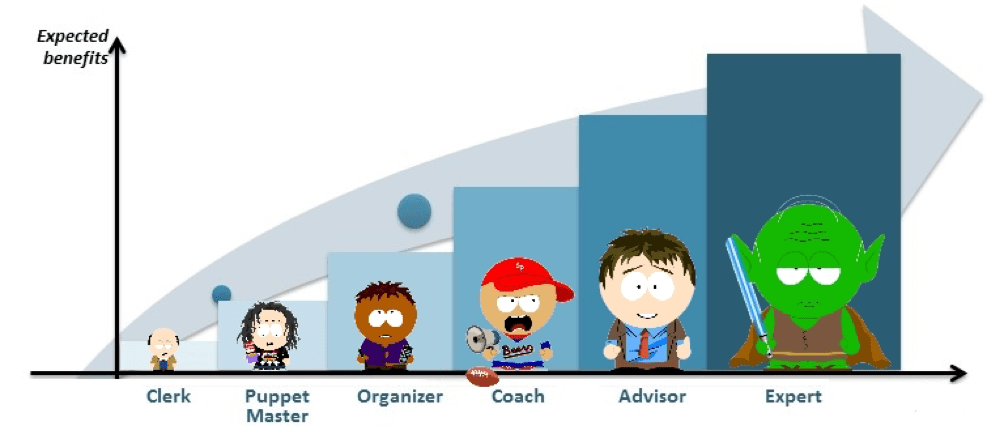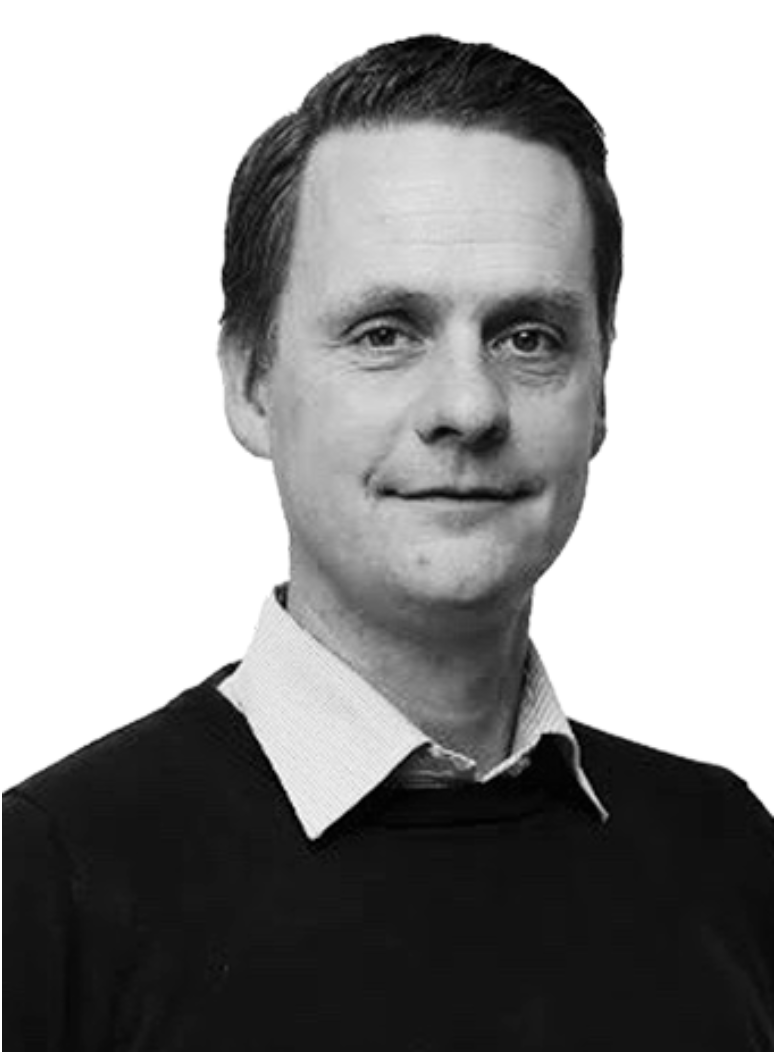When employees express dissatisfaction about their work-life balance, especially as workers try to navigate the ins and outs of remote work, one of the most common sentences I hear is “That’s just the way it is, there is nothing I can do about it.” This is, in most cases, not true, but more often a case of misunderstanding between your expectations of work and the expectations understood by the organization. Neither the employee nor the organisation benefits from having an unhappy relationship, so it is up to you to change the direction.
One of the most important skills in finding work-life balance is the ability to say “no” when things are off-track. However, getting to this point requires that you realize what your capabilities are and how they benefit in a certain role.
As an example, I have witnessed many Scrum Masters transformed from Project Managers due to the many similarities in the role descriptions. One sentence from the official Scrum Guide stands out in this case:
“The Scrum Master is accountable for the Scrum Team’s effectiveness.” – Scrum Guide
If your spinal cord reaction is to set direction, follow up on status and create plans; this goes into the “effectiveness” word of the role description. However, what if your organisation expects you to be a servant leader who’s not setting direction, not performing follow-up, and not the one creating plans? Then it’s a poisonous relationship that you need to say “no” to. Perhaps you should find a different job, another role in the organization, or, at a minimum, have an open discussion with your manager to help things go right.
Opposing Poles
To open this discussion, I often use the illustration below. In the middle, we find the traditional project management triangle with the responsibilities of the project manager:
- Scope – needs defining what should be delivered
- Cost – budget management of work in the team
- Time – forecasting, planning, and scheduling releases
- Quality – constrained by the parameters of scope, cost, and time

It is crucial to the effectiveness and well-being of the Scrum Master (and surrounding team and organisation) to know:
- What does the organisation expect in terms of the project management triangle?
- What are my preferences in terms of the project management triangle?
As an example, I depict two opposite poles to the role of a Scrum Master:
- Scrum Master as an Owner who owns and drives all the parameters of the project management triangle
- Scrum Master as a Visualizer who visualizes and helps the team to work with the project management triangle
In theory, all Scrum Masters and Scrum Teams should want to have the role performed as mentioned in Option 2. However, this requires a mature organisation and a team ready for change. In the case of low maturity in the organisation and team, it might require a Scrum Master to act as mentioned in Option 1. There is no right or wrong in this even though theory says something different.
Benefits of Stable Teams
As the maturity in the organization and team increases, the need to redefine the Scrum Master role towards Option 2 becomes apparent.
This is also illustrated in the “Evolution of the Scrum Master” by Ron Enriga.

Ron Enriga uses this diagram to tell the path from starting as a novice Scrum Master and transforming into a matured expert. This view can also be twisted to look at the expectations based on maturity of the organisation and team:
- Clerk: Removes administrative tasks from the team
- Puppet Master: Builds on top of the Clerk, but pick and chooses the Scrum values he sees fit, uses the team’s competencies to own and drive work forward
- Organizer: Builds on top of the Puppet Master, but facilitates and lets the team solve issues themselves.
- Coach: Builds on top of the Organizer, but coaches the team to be self-managing and able to Scrum themselves.
- Advisor: Builds on top of the Coach, but helps the team and the organisation on how to visualize the way they develop
- Expert: Builds on top of the Advisor, but is primarily focusing on building new teams and organisations as an “Agile coach.”
What Should You Do Now?
If you’re struggling to achieve work-life balance, I strongly encourage you to objectively identify your own preferences and competencies. Are you Option 1 or 2 in the poles, and are you a Clerk or an Expert?
In addition, try to figure out the need and maturity of your organisation. Do they need an Option 1 or 2 in the poles, and do they need a Clerk or an Expert?
If the outcome of the two questions doesn’t add up, Dare to say “No” so you can achieve better work-life balance.

Rasmus Kaae
Co-owner of BuildingBetterSoftware
Agile Coach and Trainer
Rasmus Kaae is working world wide as an agile coach, mentor, presenter, facilitator and trainer. As a certified Scrum Master, Scrum Product Owner and Scrum Professional, Rasmus is dedicated to bring Scrum and agility into organisations by having a full stack end-to-end and top-to-bottom approach. He is a member of the national board of Round Table Denmark, and primary driver of an internal agile community in Danske Bank.
You can find more of his writing at agilerasmus.com.


0 Comments